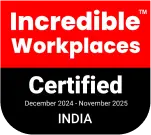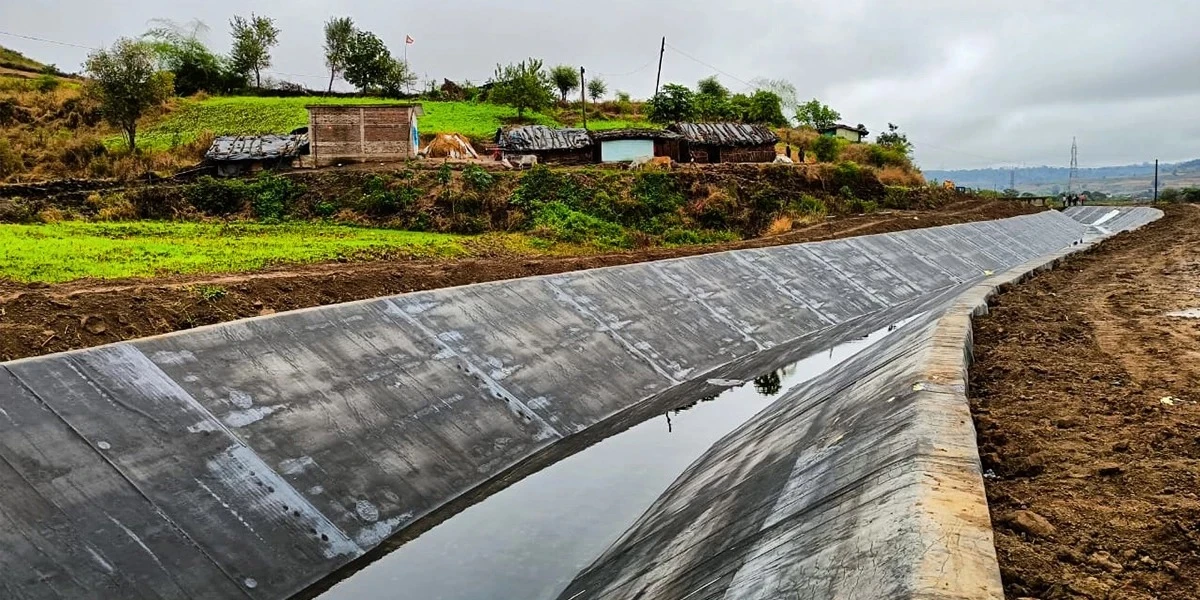

Water is the basic need for farming, and without it, farming is just impossible. The farmers are dependent on canals to transport water generated by rivers and reservoirs to their farms; yet, in most cases, a significant portion of the water does not reach the crops. It leaks into the soil or oozes in cracks or pores along the canal. For years, this caused problems. Usually, farmers would plant their crops, hope for rain, and pray that enough water reached every corner of the field. Canal lining changes all of that. Covering the canal bed and walls with materials such as concrete, stones, or plastic helps keep the water flowing. It reaches the fields, protects the soil, and makes irrigation more reliable.
Yooil Envirotech has been helping villages with canal lining for years. Their work demonstrates that small changes can have a significant impact. Take Ram Singh, for example. His wheat field was always at the far end of the canal, and water barely reached it. After the canal was lined, water flowed evenly. He could plant more land and harvest more crops. Even small plots that were once dry now thrived. Farmers like him notice that lined canals reduce stress. They can plan their season better and focus on their crops rather than constantly worrying about water shortages.
There are different types of canal lining, each with its own benefits. Concrete lining is the most common. It makes canals strong, smooth, and long-lasting. Water flows fast, and very little seeps into the ground. Stone lining uses natural rocks. It prevents erosion and works well in hilly areas. It is inexpensive and long-lasting. Another traditional lining is brick or masonry. Mortar and bricks create a durable surface that can last for decades when properly maintained. The material used by a few types of canals is lightweight, flexible plastic sheets that are easily installed. The smaller or temporary canals can also be constructed from compacted soil, but they are not as long-lasting as those made from concrete or stone.
Lining a canal is not simple. The canal must first be cleaned and leveled. Concrete is poured and smoothed. Stones and bricks are placed tightly to stop gaps. Plastic sheets are laid carefully. Yooil Envirotech makes sure every step of canal lining work is done properly so that the canal lasts and water reaches the fields reliably.
Lining does more than save water. It protects soil and prevents erosion. Unlined canals often wash away during heavy rains. Lined canals keep the banks stable and make life easier for farmers. Water reaches every corner, crops grow healthier, and farmers do not have to spend hours fixing damage.
Saving water is a key part of sustainable farming. When canals are lined, less water is wasted. Farmers can plan their irrigation better. Less pumping is needed, which saves energy and money. Families benefit too. Children no longer have to help repair broken canals and can go to school. Farmers can focus on planting, harvesting, and improving their fields. Lined canals help communities grow food efficiently and reliably.
This has been experienced in Yooil Envirotech. Lined canals changed farming in villages where there was a scarcity of water to grow crops. Fields in the remote end, which used to step to dry, now bloom. Farmers get healthier vegetables, more wheat, and better rice yields. The additional water enables them to cultivate crops that they have never attempted to grow. A minor adjustment in the canal results in improved lives for all.
The type of lining depends on the land and budget. Concrete canal lining is very strong. Stones work well for uneven terrain. Brick or masonry is durable and suits traditional setups. Plastic sheets are fast and flexible for small or temporary channels. Compacted soil is a simple and cost-effective option for small canals. Yooil Envirotech guides farmers in selecting the best option, ensuring canals remain effective for years.
Every lined canal means more water reaches the fields. Crops grow stronger. Farmers save water and energy. Families have more time. Canal lining supports long-term farming, protects resources, and strengthens communities. Water is precious, and using it wisely enhances the quality of life for everyone.
Canal lining is more than a technical solution. It is a lifeline for farmers. Water flows in equal measure, crops flourish, and families are secure. The canal lining work of Yooil Envirotech enables farmers to conserve water, cultivate higher-quality crops, and plan ahead. Every lined canal is a small revolution with a profound effect, and it gives the fields and their inhabitants hope and permanence.
